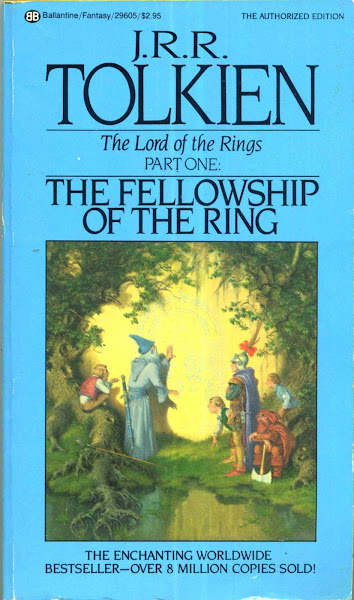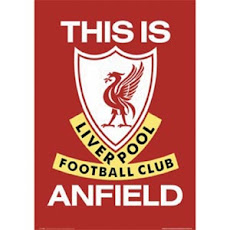
The picture above is Smart Gilas' match versus Qadsia Kuwait, the first game they played without CJ Giles. There was a near free-for-all when Mark Barroca knocked down Kuwait's point guard in retaliation for a cheap shot. This story appears in the Friday March 12 edition of the Business Mirror.
Part 3 The First Test
by rick olivares
“Patch me up, coach. I can play.”
CJ Giles was stretched out on the floor beside one of the entrances to the Britama Arena in Jakarta. The American hurt his knee while challenging a shot by Al Riyadi Lebanon import Nate Johnson and had to be carried out by team trainer Jim Saret and Smart Gilas Pilipinas captain Chris Tiu.
The Philippines led 56-44 when Giles went out. “Hold ‘em off for two minutes, fellas. I’ll be back.”
The game was important for both Gilas and Al Riyadi lost their previous matches and totted a 1-1 slate. If they wanted to keep pace with bracket leader Mahram Iran in the FIBA Asia Champions Cup, they needed the win.
Saret examined Giles and said, “I need to know exactly how you’re feeling. The last thing I want is to send you back there and aggravate your injury.”
At that point, no one was certain the American was going to check back into the game. In the meantime, as the nationals’ lead was slowly being eaten away, a crowd of coaches and trainers from four other countries gathered around Saret who rigged a brace to secure Giles’ knee using tape and leukoplast. It was strong enough to keep the American’s knee in place so it wouldn’t give out from under him. The import, a candidate for naturalization, got up tested it (and it felt good), then made his way to the Philippines’ bench.
“What did you do?” asked one visibly impressed trainer from Iran as if a miracle had been enacted in front of them. “Where did you learn how to do that?”
It was but one accolade in two weeks’ full of them.
Giles came back and it galvanized the team to an improbable 91-86 victory. Mark Barroca was the most sensational player in the tournament. Gilas’ indomitable fighting spirit had the hometown Indonesians and other teams rooting for them; a scene that was to be repeated in Dubai eight months later. And then there was Saret, the former tennis star who became a strength and conditioning coach after a decade at Brigham Young University.
He spent several years working with PBA teams then decided to work with other sports. “I was burned out with basketball,” he said. “I needed a change of pace.”
Yet ironically, he filled in one day during a practice of Gilas and made a huge impression on head coach Rajko Toroman. “Others do things by the book. Jim gives what the players and the team needs.”
Putting together a team that is built solely for international competition needs a paradigm shift.
First there’s the system that is predicated fastbreaks and a motion offense where players set picks, cut, and run to spots on the floor that will free them for shots. It requires players not to be robotical when going through the paces but to be able to read what the defense gives them. The training in Serbia provided a front row seat to what Toroman was preaching.
The international game is shorter by eight minutes and that requires a different mindset. Despite the FIBA rules, one had to constantly be ready because those rules were strangely interpreted differently depending on the country. Gilas needed to adapt to the nuances of the international game where the three-pointer was utilized to devastating effect. On the defensive end, teams employed a variety of zones. Toroman, the Spartan disciplinarian he is, demanded learning this and perfection from his players.
Second, it requires that every player be able to play multiple positions. Previously Mac Baracael played the three-spot in college. In Toroman’s system, he plays both forward positions. In Jakarta, he played the four-spot, a move that raised quite a few eyebrows. But as assistant coach Allan Gregorio explained, “It’s about the quality of the player. And Baracael is as good as they come even if he gives up some height.”
It might have been a surprise to see the former FEU Tamaraw in the line-up more so after the near-fatal try on his person (for still unexplained reasons) while playing out his final year of UAAP college ball. Baracael was good but far from impressive. His teammates – Benedict Fernandez and Mark Barroca were easily the stars and even focal point of the offense. Playing for Smart Gilas, he was a player reborn.
He plays with unbridled passion on both ends of the court and if the phrase “death defying” was coined for someone it would be for Baracael.
The change was also obvious for others. Barroca was freed from the stifling half-court set of FEU and he brought a lot of razzle to the team’s dazzle with a newly-developed killer crossover and a variety of hangtime jumpers and tear drops. Forward Dylan Ababou became more explosive and developed a quick release three-pointer that was almost impossible to defend. Jayvee Casio was a star in college for La Salle and as good as he was, and at the risk of sounding disrespectful, he became much deadlier, developing a stutter step and a crossover en route to the basket in addition to turning out to be a solid playmaker. And there was Jason Ballesteros.
The former San Sebastian center was seen as a bumbling albeit an unrefined one. In the first few months playing for Gilas, he was in Toroman’s doghouse, clueless about the offense and where to go on defense. But towards the end of Jakarta, there were glimpses of how good he could really be. Come Dubai, it wasn’t just how good he had really become, but what he stood for. In Dubai, despite a painful shoulder injury that would plague him even a month after the tournament, he played through it at the risk of damaging it further. It was a stark contrast from an import that was always injured and refused to play through it. Ballesteros was proof of the adage of hard work pays off. And there would be no questioning his heart.
The common denominator in their workouts was the players had to be rebuilt with speed, agility, athleticism, strength, and explosiveness in mind. Said Saret, “I can just help them be in the best possible basketball shape but the rest is up to them.”
The addition of Giles was perfect (once you take away all the non-basketball matters). His gifts allowed him to seamlessly fit right in. He could cover for his teammates’ lapses and errors. And as proof of that, Japeth Aguilar who would join the team four months after Jakarta, played his best ball alongside Giles. If you got past Aguilar on the wings, then players were in for ultimate rejection because they were funneled into Giles’ domain.
More than swatting shots, it was imperative that the big men were able to rebound the ball because that fueled their break and the team had a lot of creative finishers.
By the FIBA Challenge Cup’s end, in their first official competition and in a ten-team field, they finished fifth. In their final matches, they had gone all-Filipino and played superb ball in spite of spotty officiating.
So impressed were opposing teams that Zain Jordan and Al Riyadi Lebanon inquired about acquiring Barroca and Giles. The Japanese Basketball Association, non-participants in the tournament, were so impressed that they invited the Philippine team for a series of exhibition games at their expense.
Things were falling into place yet the team was due for some tweaking. They would get a whole lot more than they bargained for.









No comments:
Post a Comment